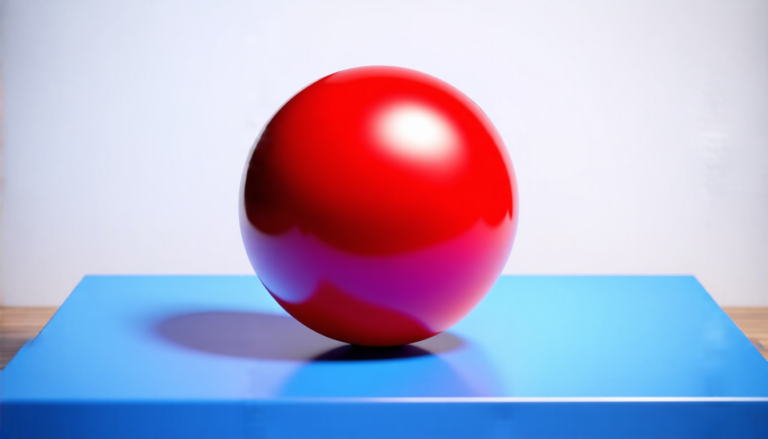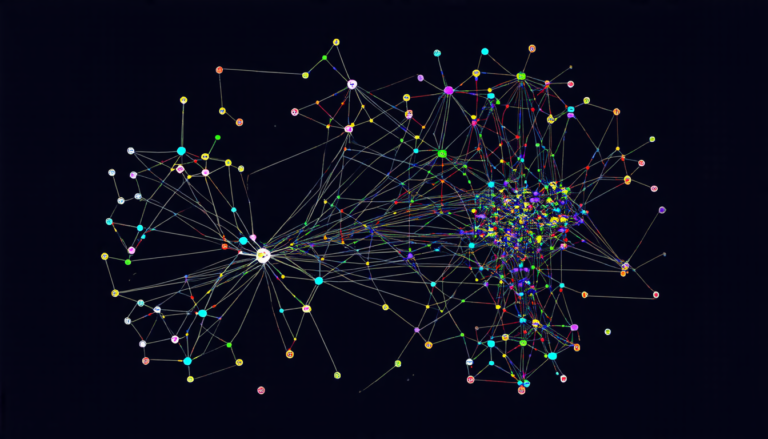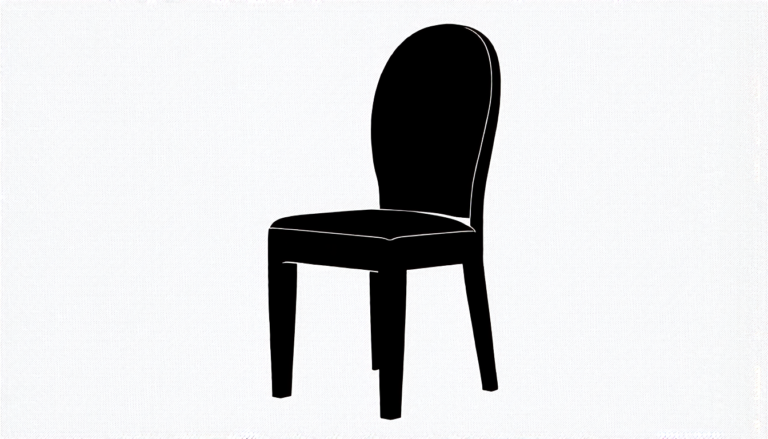Saturday 12 April 2025
A team of researchers has made a significant breakthrough in preserving and showcasing the early history of virtual reality (VR) technology. By recreating pivotal VR experiences from the 1960s, they have created an immersive archive that allows users to step back in time and explore the origins of this rapidly evolving field.
The project focuses on two pioneering devices: Morton Heilig’s Sensorama and Ivan Sutherland’s Head-Mounted Display (HMD). The Sensorama was a multi-sensory device that simulated a driving experience, complete with smells, sounds, and vibrations. It was first demonstrated in 1960, and its innovative design laid the foundation for modern VR.
The HMD, on the other hand, was a helmet-like device that allowed users to view vector graphics in three dimensions. Developed by Sutherland in the late 1960s, it marked a significant milestone in the development of immersive technology.
To recreate these early VR experiences, the researchers used a combination of archival research and modern technology. They scoured museums and archives for original materials, including photographs, videos, and written descriptions. From these sources, they created detailed 3D models of the devices and their components.
The recreated experiences are designed to be interactive, allowing users to explore and engage with the early VR technology as if it were still in use today. Users can put on a modern VR headset and step into the world of the Sensorama or HMD, complete with its original sounds, smells, and sensations.
The project’s significance extends beyond simply preserving history. By recreating these early experiences, researchers hope to provide a deeper understanding of how VR technology evolved over time. This knowledge can inform the development of future VR systems, allowing designers and engineers to build on the innovations of the past.
Moreover, the immersive archive has the potential to educate and inspire new generations of VR enthusiasts. By experiencing firsthand the pioneering work of Heilig and Sutherland, users can gain a deeper appreciation for the history and evolution of this rapidly changing field.
The project’s findings have been presented at conferences and exhibitions, where they have generated significant interest and enthusiasm. As VR technology continues to advance at a rapid pace, the importance of preserving its early history cannot be overstated. The immersive archive provides a unique window into the past, allowing users to explore and learn from the innovations that shaped this exciting field.
Cite this article: “Reviving the Past: A Journey Through the Evolution of Virtual Reality”, The Science Archive, 2025.
Virtual Reality, Technology, History, Preservation, Archive, Immersive, Sensorama, Head-Mounted Display, Ivan Sutherland, Morton Heilig







